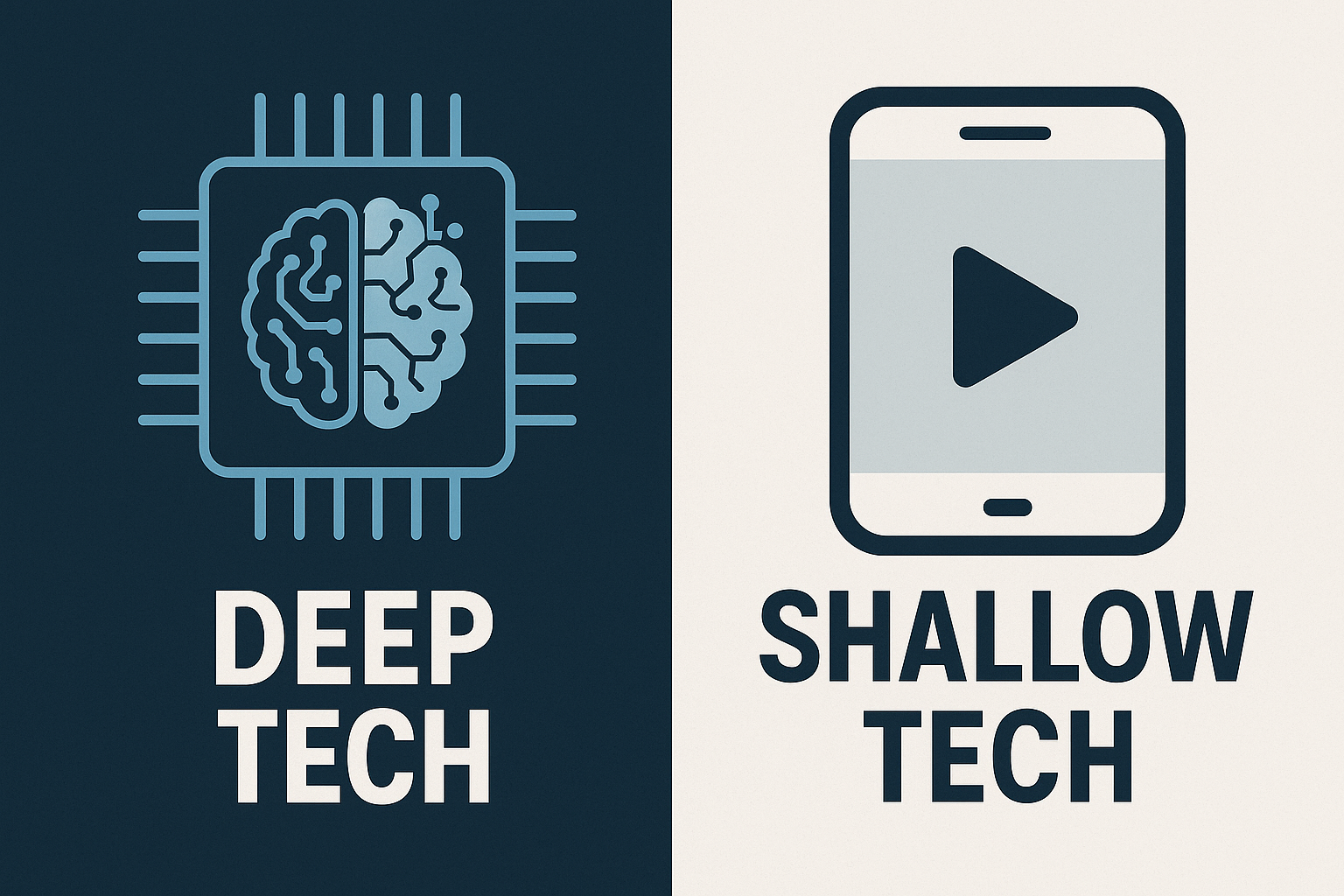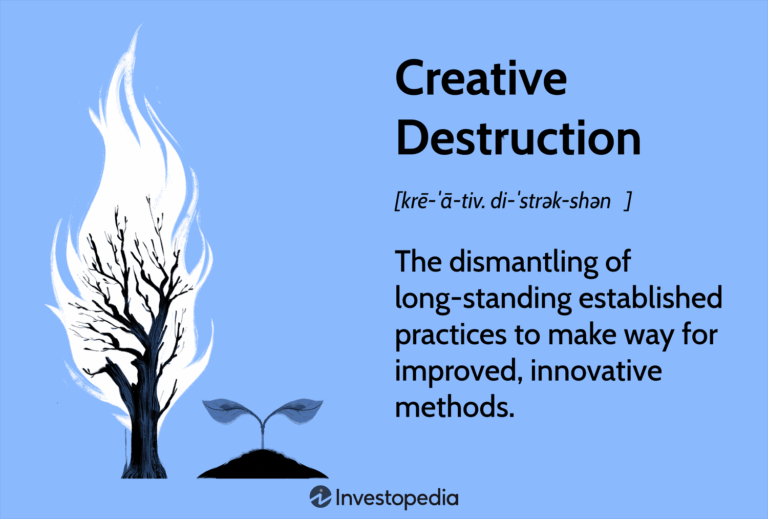In the innovation economy, differentiation doesn’t come from speed or hype — it comes from depth. True defensibility lies in the science, systems, and sweat that make an idea hard to replicate.
1. Shallow Innovation Is Fast — and Forgettable
Every decade has its wave of “shallow innovation” — the kind that thrives on timing, marketing, and distribution rather than deep technical insight. Think ride-sharing apps, meal kits, or AI wrappers that merely repackage existing technologies.
These models can create short-term value, but their barriers to entry are paper-thin. A competitor with better funding, data, or design can replicate them almost overnight.
Shallow innovation competes on convenience, not capability.
It scales fast but erodes faster because its advantage rests on execution, not invention.
From a business standpoint, that means customer acquisition costs rise, margins compress, and the innovation premium disappears. Investors call it “execution risk.” Strategists know it as a race to zero.
2. Deep Tech Builds Moats from Physics, Not Marketing
Deep tech, by contrast, anchors innovation in scientific or engineering breakthroughs. It might take longer to commercialize, but when it does, it creates moats that no competitor can cross without equivalent technical mastery.
Take SpaceX’s reusable rockets, OpenAI’s foundational models, or QuantumScape’s solid-state batteries. Each represents not just a clever idea, but a hard-won convergence of research, infrastructure, and intellectual property.
The real differentiator isn’t speed — it’s system complexity. Deep tech solutions operate across multiple layers: materials science, data systems, AI, hardware integration, and regulatory alignment.
That interdependence makes replication extremely difficult. Even if a competitor understands what you’re doing, they can’t easily replicate how you’re doing it without access to the same talent, capital, or experimental infrastructure.
In essence: deep tech innovation creates friction for imitators. And in business strategy, friction equals defensibility.
3. The Hidden Economics of Hard-to-Copy Ideas
A good innovation isn’t just technically advanced — it’s economically intelligent. Deep tech ventures often appear risky or capital-intensive at first, but they invert the risk profile over time.
In shallow innovation, early traction is easy, but maintaining differentiation becomes harder with scale. In deep tech, the opposite is true: early R&D risk is high, but once the core technology works, the moat deepens with scale.
This is because the inputs compound — data, infrastructure, and know-how all reinforce each other.
A classic example is Tesla’s battery and manufacturing integration. While competitors rushed to replicate the product, Tesla was busy owning the process. The result? A vertically integrated advantage that’s as much a physics problem as a brand one.
As deep tech scales, unit costs fall while barriers rise. The more you build, the harder you are to catch.
4. Depth Is a Function of Learning Loops
Depth doesn’t only come from patents or PhDs — it comes from organizational learning loops.
Deep tech companies design feedback systems where every iteration feeds data back into the core model or process. Whether it’s a biotech startup refining protein folding algorithms or an AI company retraining on edge data, these loops create self-reinforcing knowledge ecosystems.
In contrast, shallow innovators tend to outsource learning — relying on suppliers, platforms, or consultants. Their advantage is transactional, not cumulative.
When learning is embedded in the system itself, the company becomes its own barrier to entry. That’s the quiet superpower of deep innovation.
5. The Strategic Question: How Deep Is Your Advantage?
Every founder, policymaker, and investor should be asking: what makes this innovation hard to copy?
It’s not enough to build a product — you need to build a knowledge structure that compounds.
That might mean:
- Owning proprietary data pipelines or experimental facilities
- Building cross-disciplinary teams that combine science with systems thinking
- Designing IP strategies that lock in value creation
- Embedding long-cycle learning into product development
In short: depth is strategy made tangible.
The future of competitive advantage lies not in who can market fastest, but in who can understand the world more deeply and translate that understanding into value.
Looking Ahead
As capital shifts from speculative tech to science-based enterprise, the winners will be those who invest in the hard stuff — the physics, the models, the messy infrastructure of real innovation.
The next generation of industrial and AI revolutions will not be defined by who builds the next app, but who builds the next platform of possibility.
Deep tech isn’t just a category — it’s a philosophy of progress: slow to start, impossible to stop.
Follow Tomorrowist for more insights on innovation, deep tech, and value creation.




